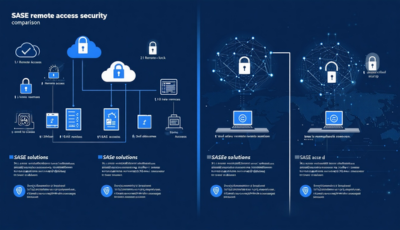As the enterprise embraces team collaboration tools that offer benefits like scalability and streamlined decision-making, the setting for choosing voice technology has become more complicated. Traditional phone calls, despite an overall decline, aren’t expected to go away.
Instead, voice technology faces a sort of pressure from other communication formats that often rely on voice enabling tools. While collaboration solutions are beneficial, a large percentage of communication still occurs outside the organization. What results is a landscape in which determining where voice channels should reside becomes a more difficult question.
Adding to the complexity is the current mingling of solutions that were previously accessed in isolation. Team collaboration isn’t just desktop sharing and workflow; it’s now also directories and calendars, as well as persistent meeting rooms offered as an alternative to email communications. The solutions also push into traditional telephony services like voice communications.
Telephony is now offered through unified communications (UC), which expands to video conferencing, mobile, voicemail and email transcription, auto attending features, chat, directory, and calendar. A UC solution may also offer analytics, supervision, IVR, and workforce management.
There are also traditional contact center solutions that have their own set of features and tools and may also offer UC options. A large contact center may choose a contact center solution that offers telephony service without a separate UC solution. Some may even incorporate voice communications into a customer relationship management (CRM) solution.
None of these options are considered superior to another, but enterprise IT must consider their voice technology strategy and where it fits into the bigger communications picture. There are a few questions that enterprise IT can ask as they consider their strategy:
- If collaboration and contact center solutions are at the center of an upgrade decision, should one of these drive where voice communications will reside? It may be decided that contact center voice would be paired with the contact center platform, while other voice communications would be paired with collaboration.
- If a CRM is already being utilized, should voice technology be added to a contact center solution, or would it be best deployed as a standalone solution that integrates with the CRM?
Some solutions may present themselves as an alternative that can do it all, but enterprises must still sort through all of the options to determine what will best fit requirements. It’s unlikely to identify a solution that fits every priority equally well, so enterprises must ask in which areas they prefer a best of breed and make choices based on those considerations.
Voice technology for the enterprise has become more complex and IT teams may struggle to identify the best strategy for implementation, but the benefits outstrip these challenges. Today’s voice technology is equipping the enterprise for cleaner, more streamlined communications at reduced costs and maintenance. Contact us at Clarksys to explore your options and shape your strategy for voice.






